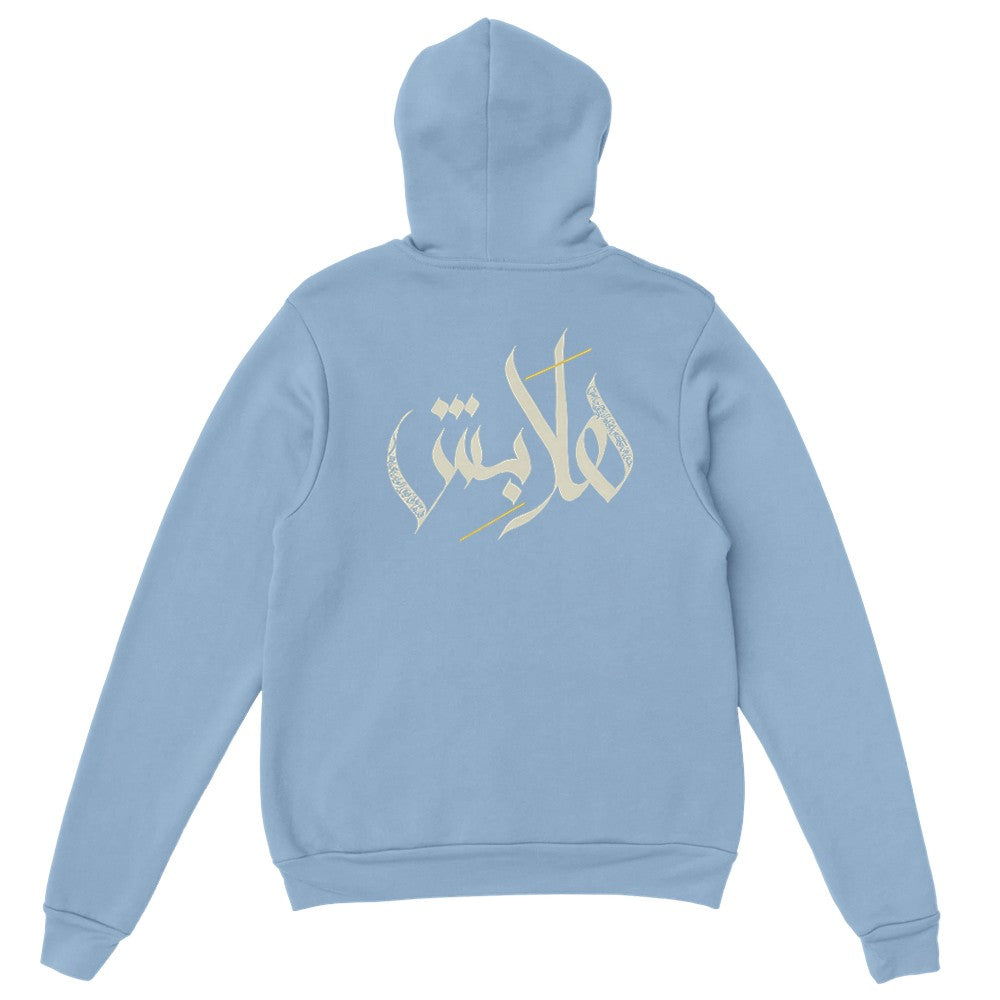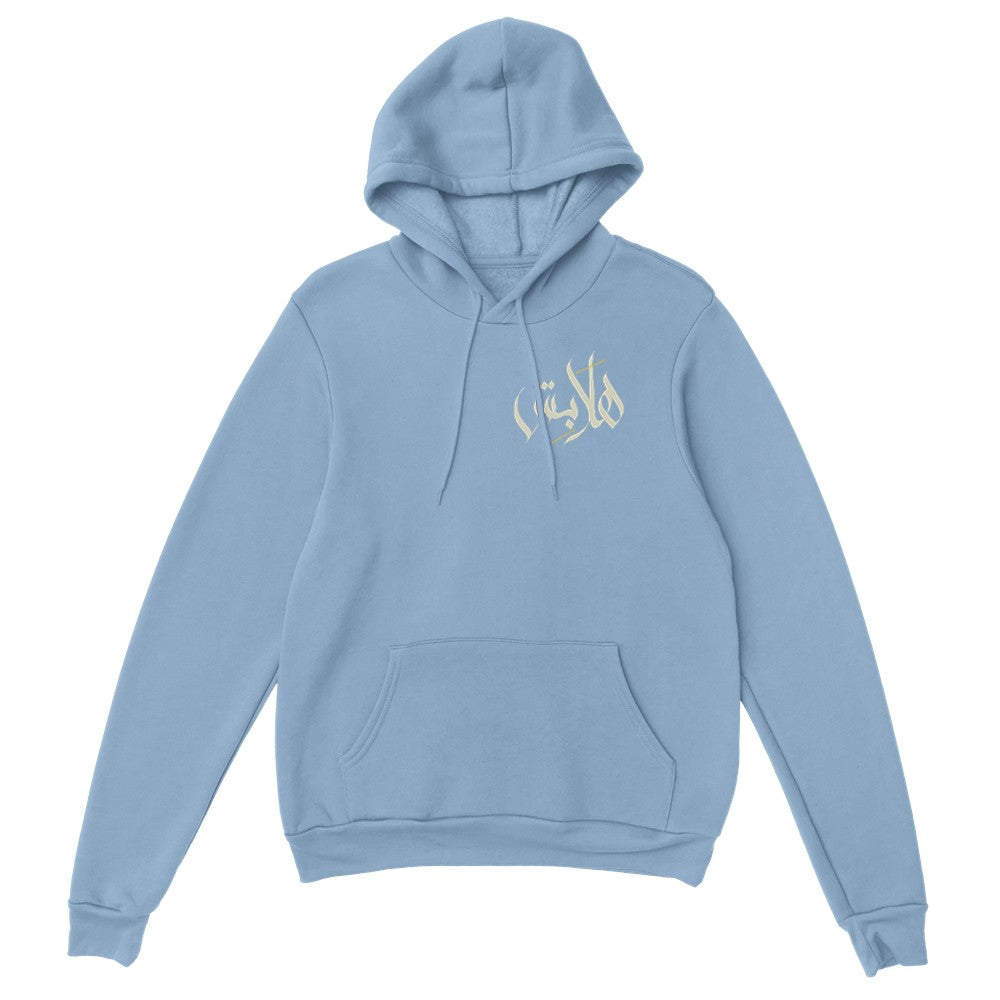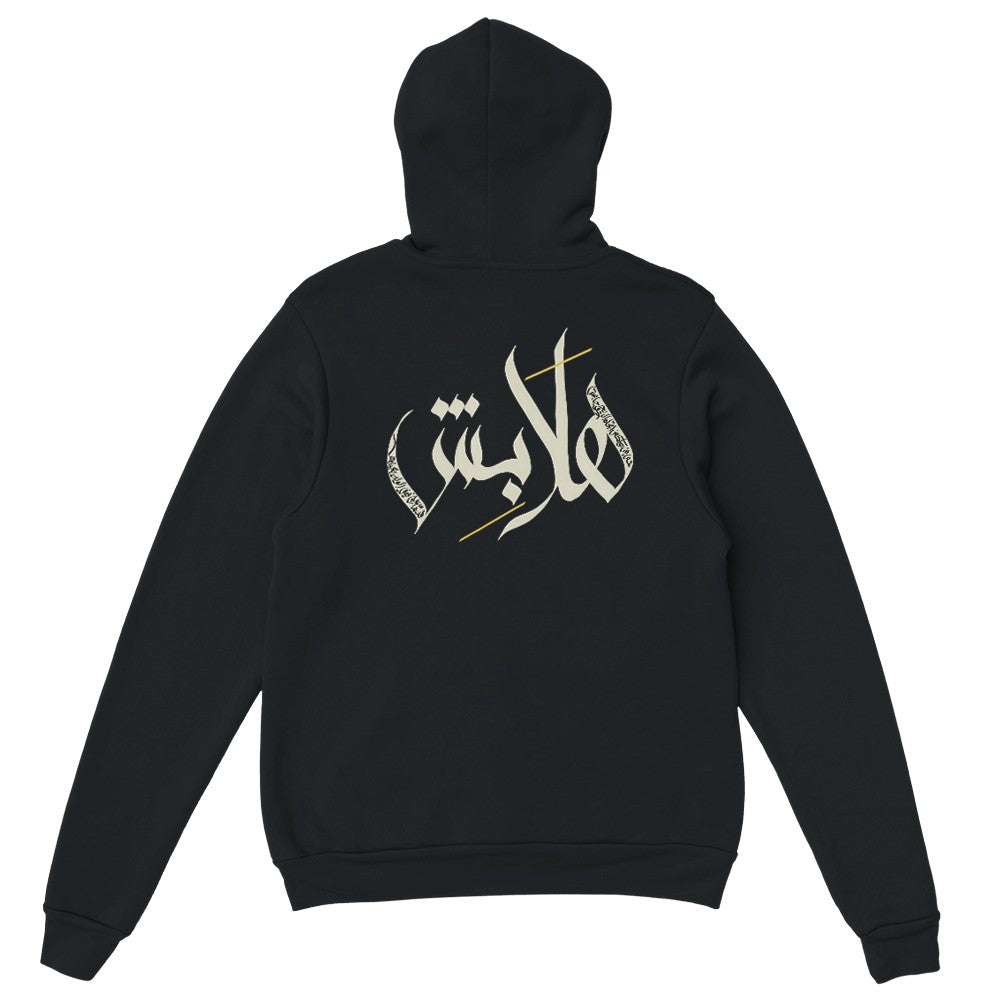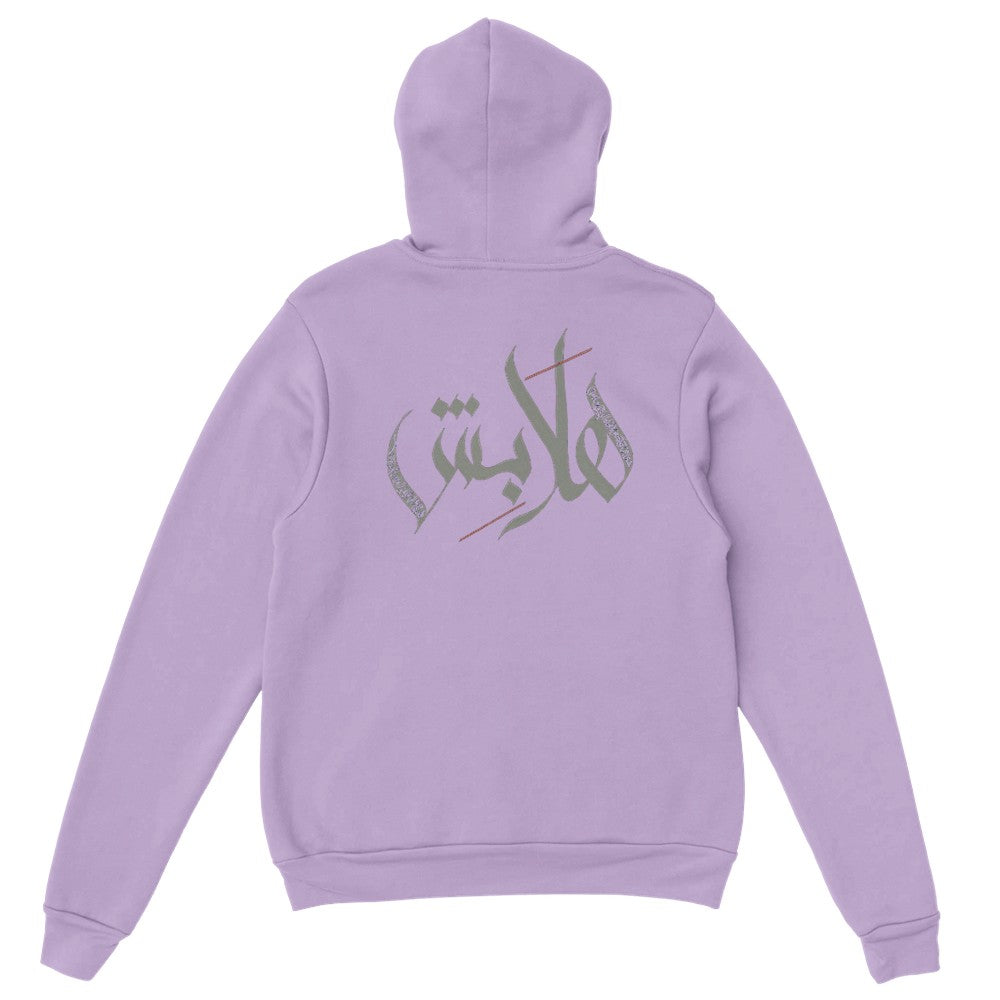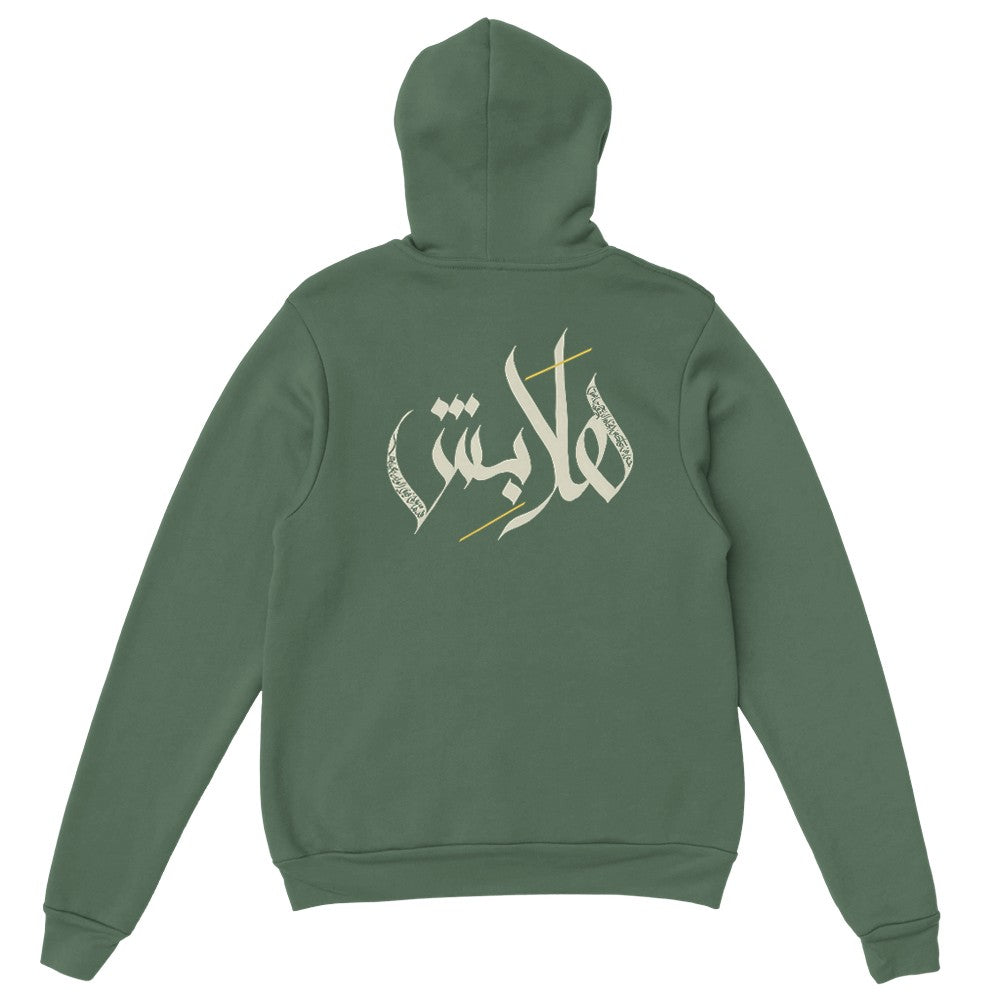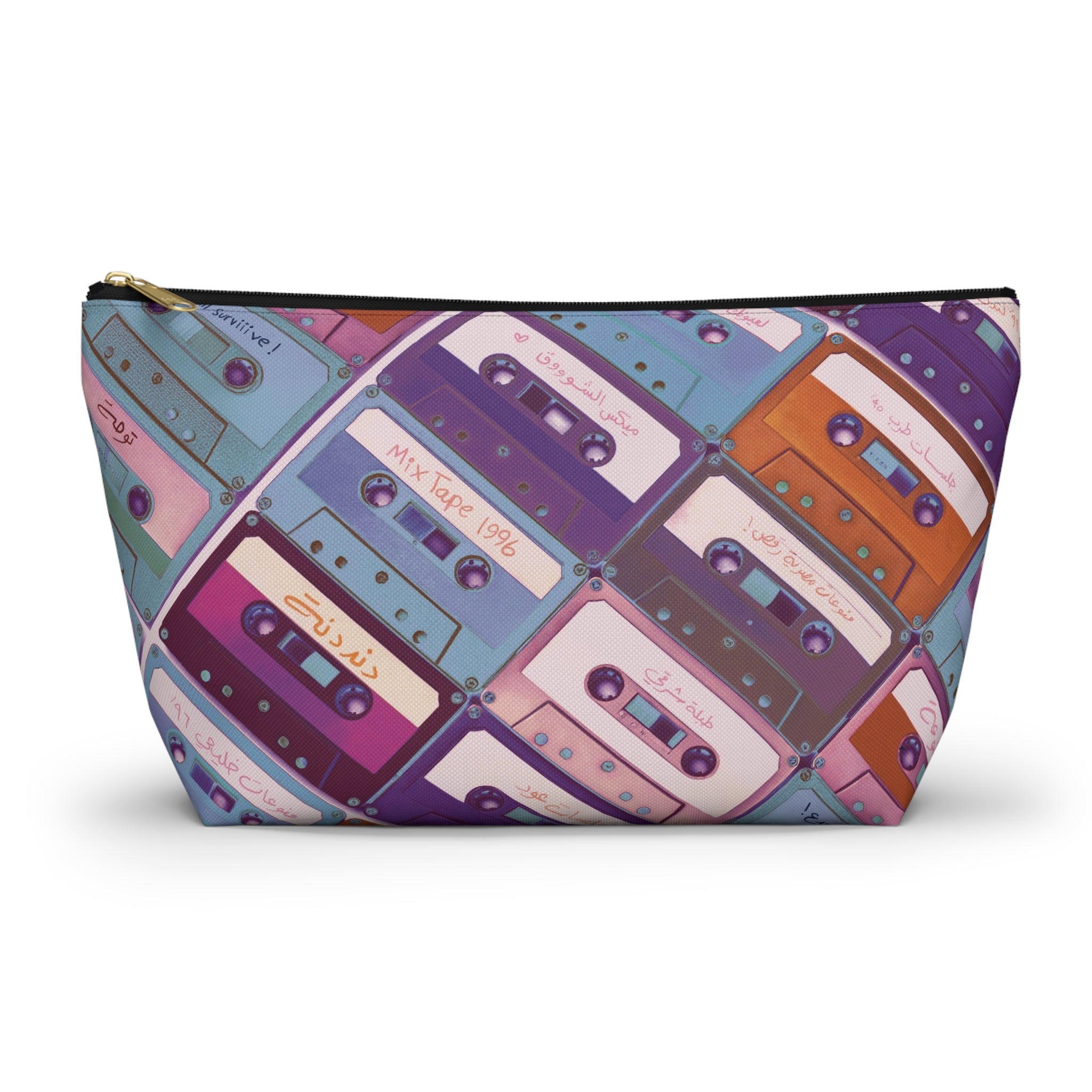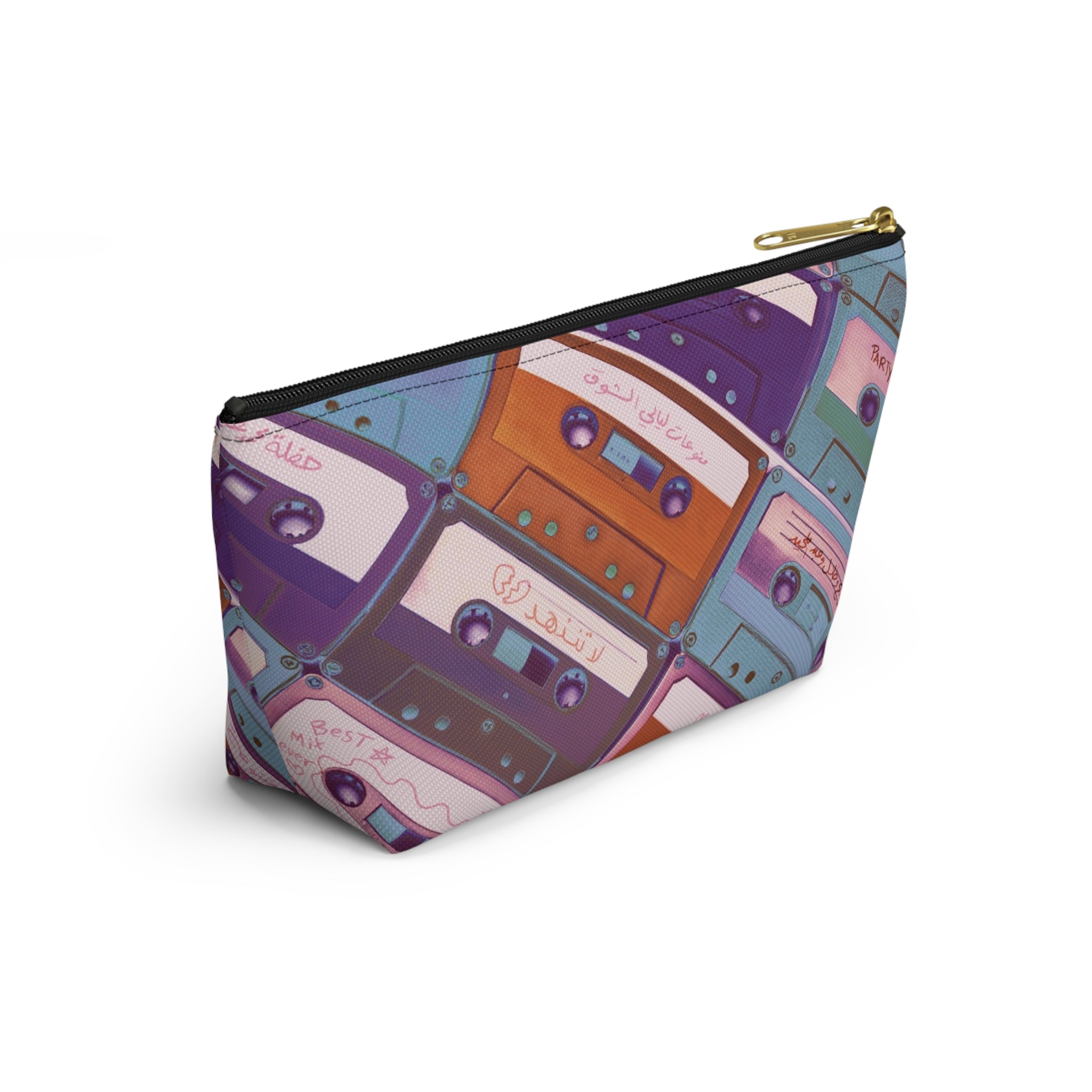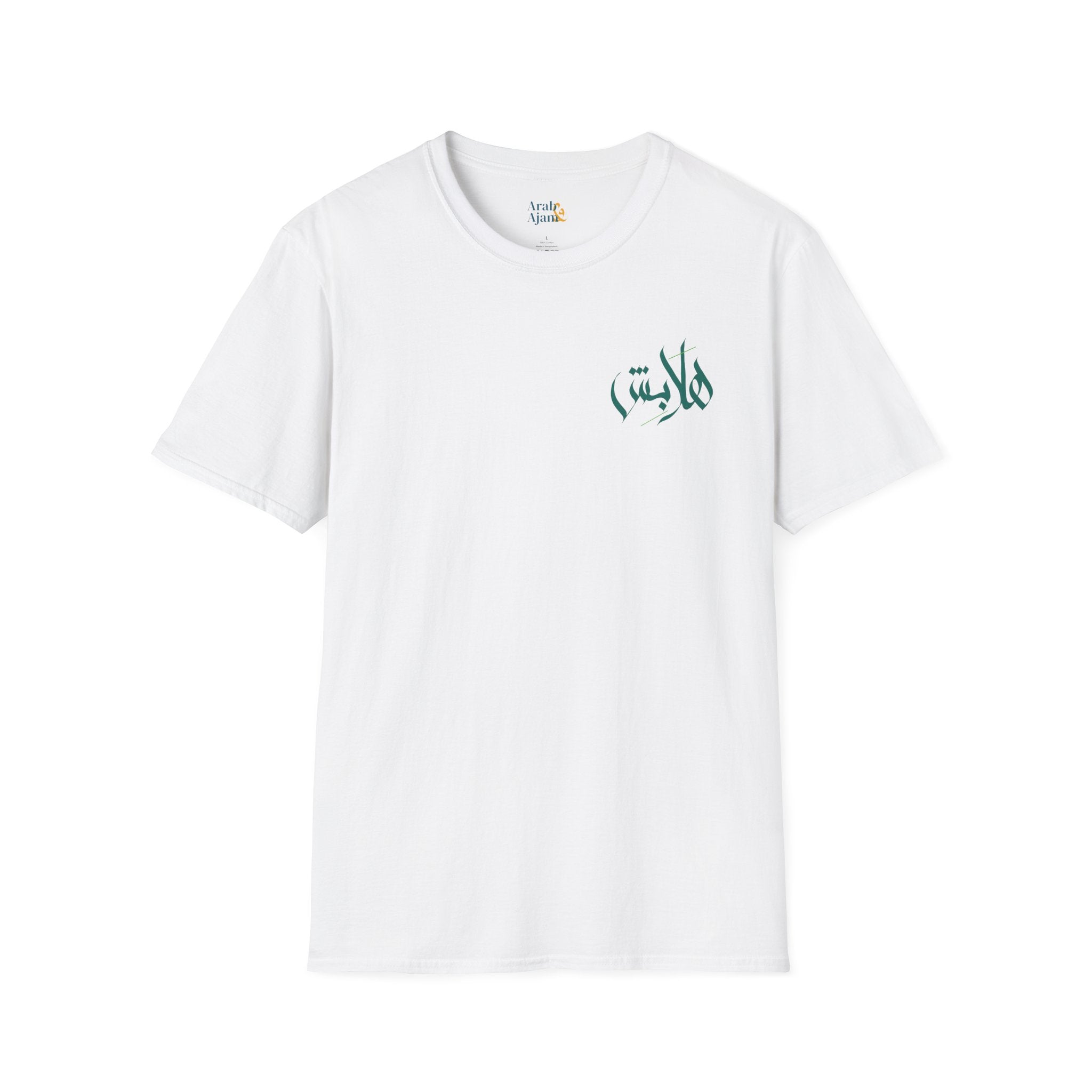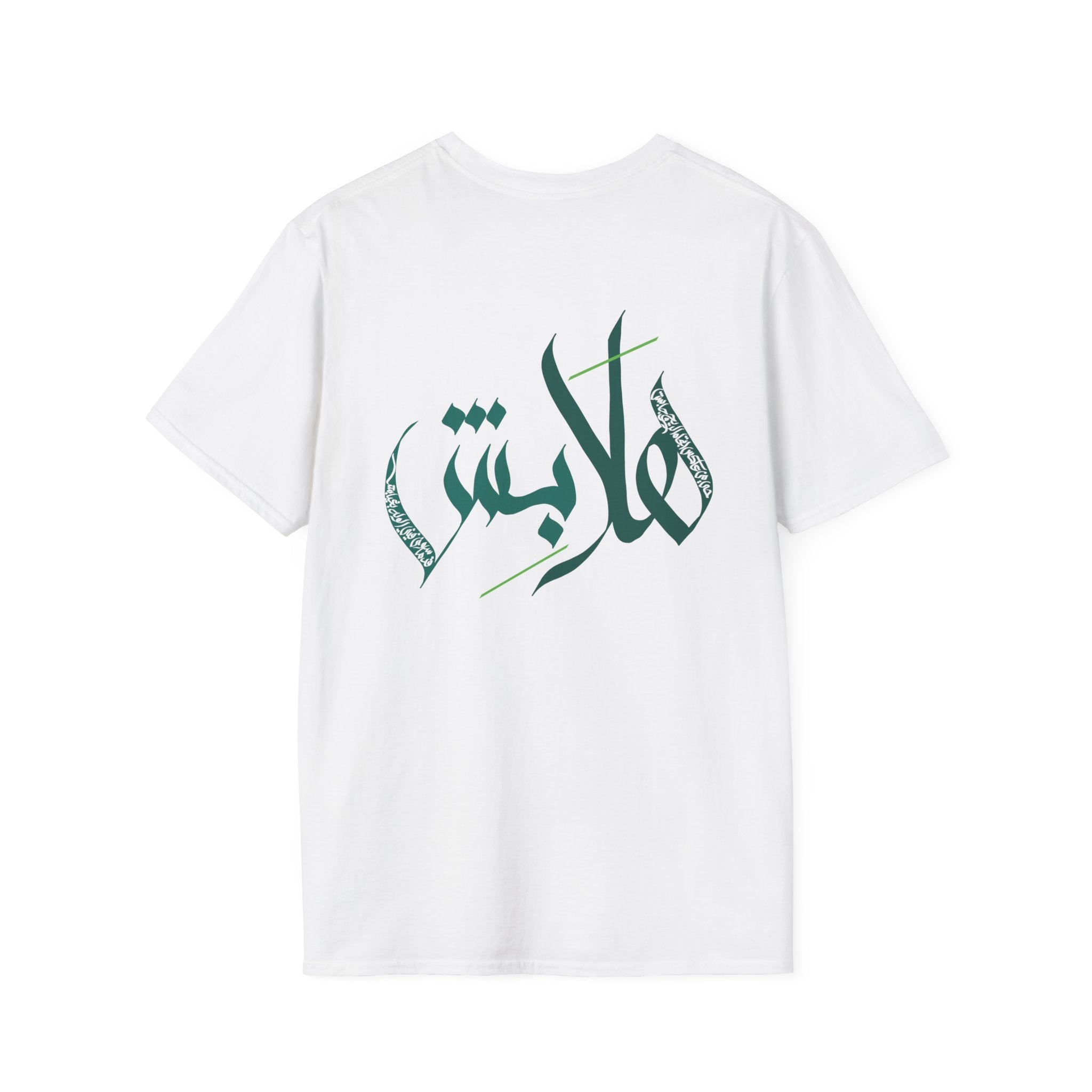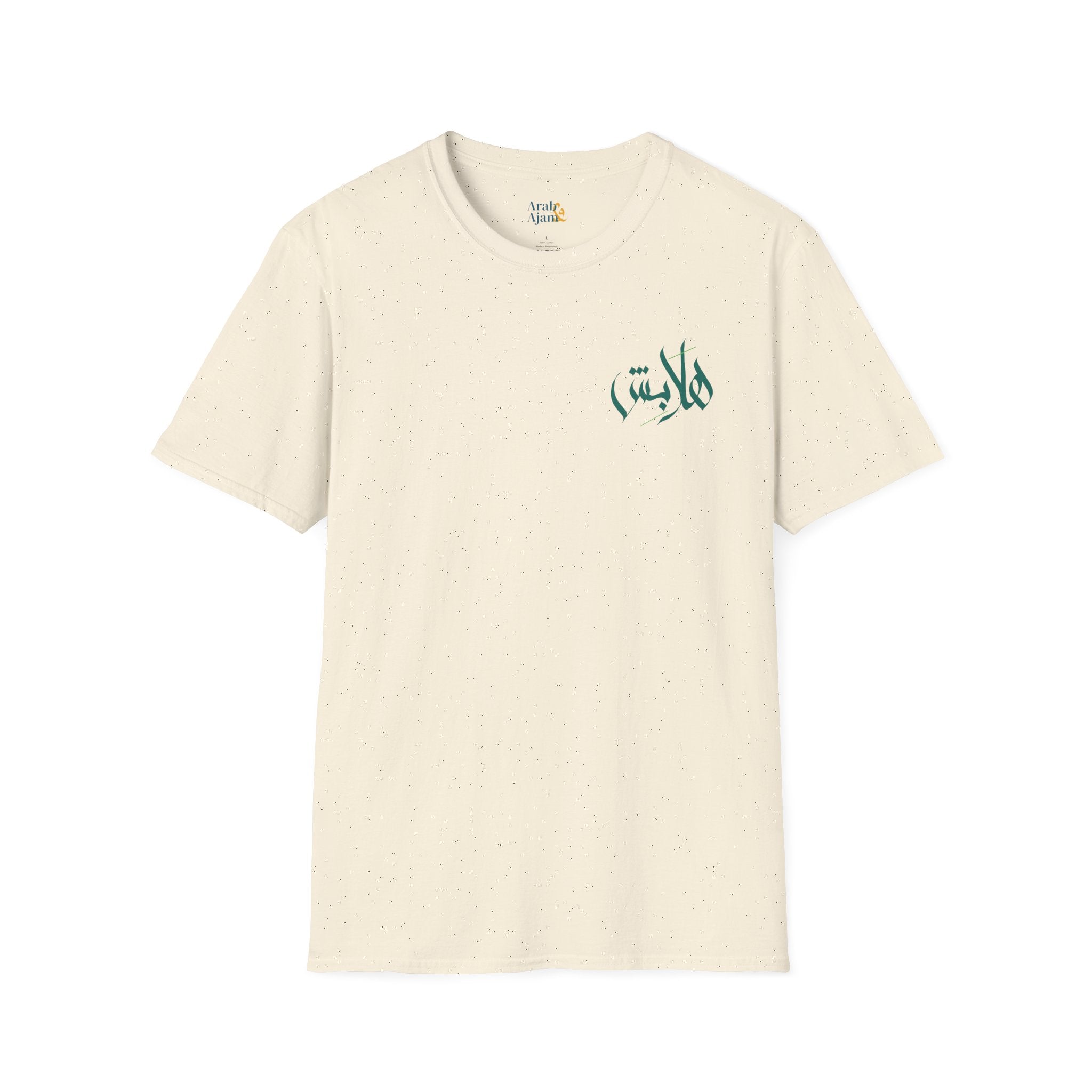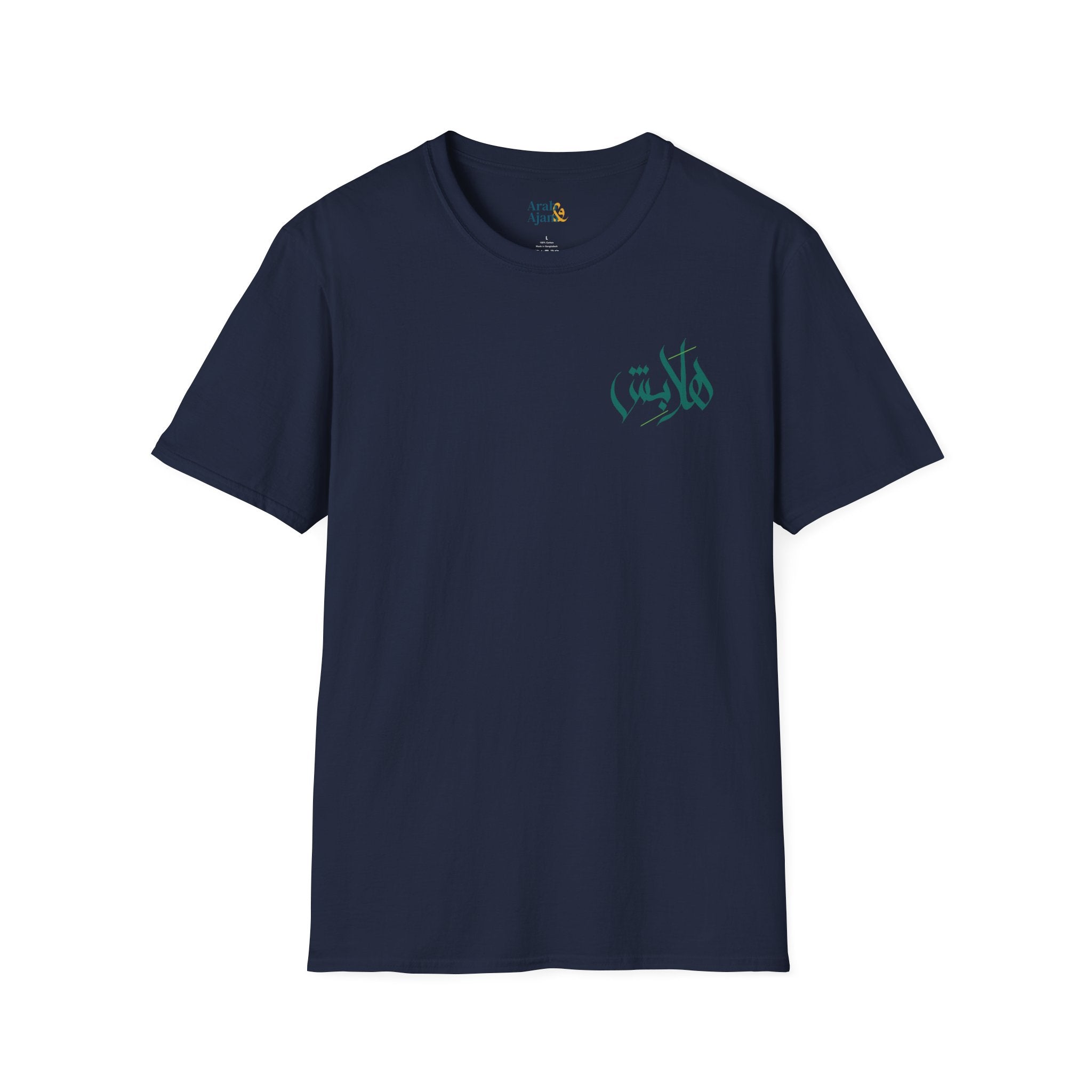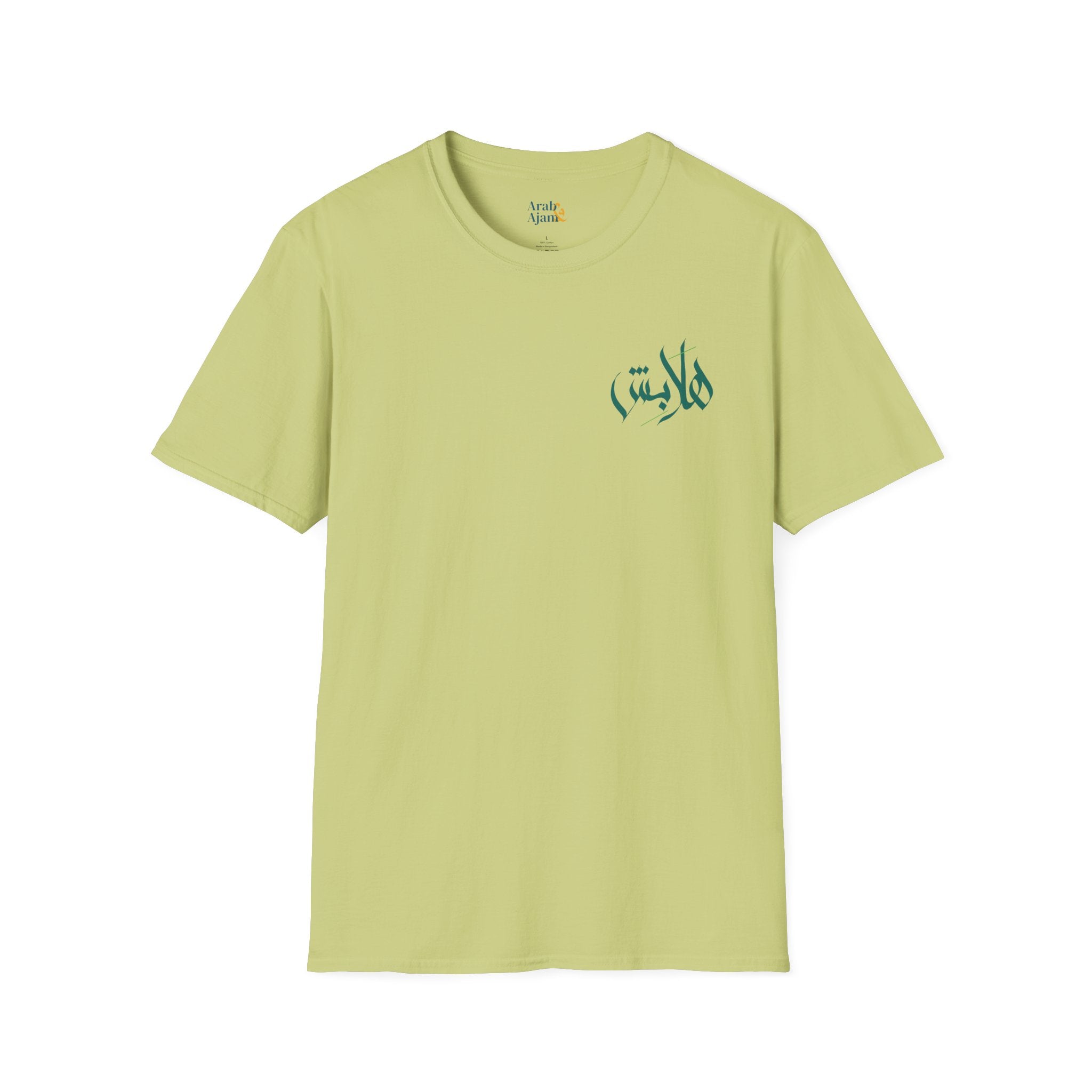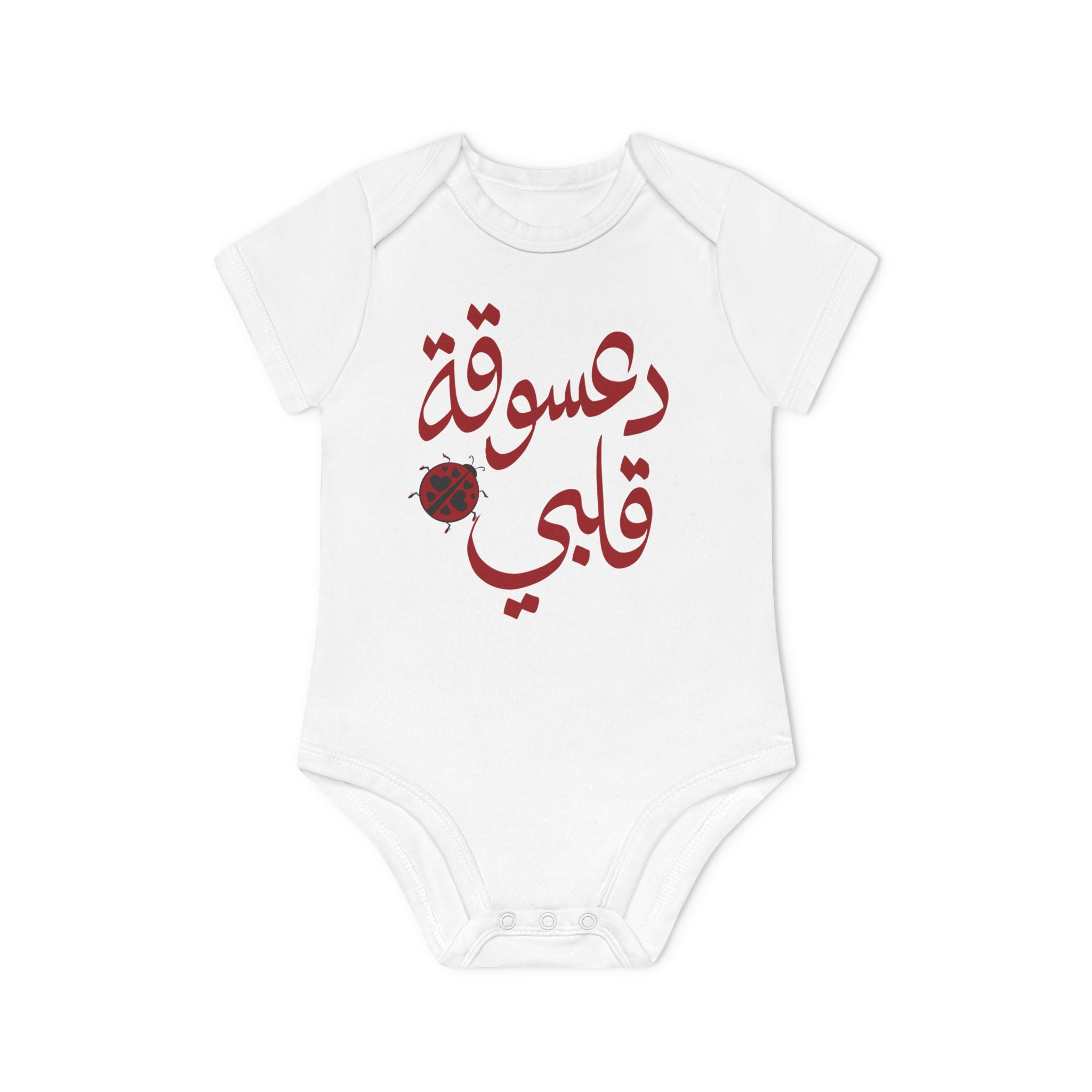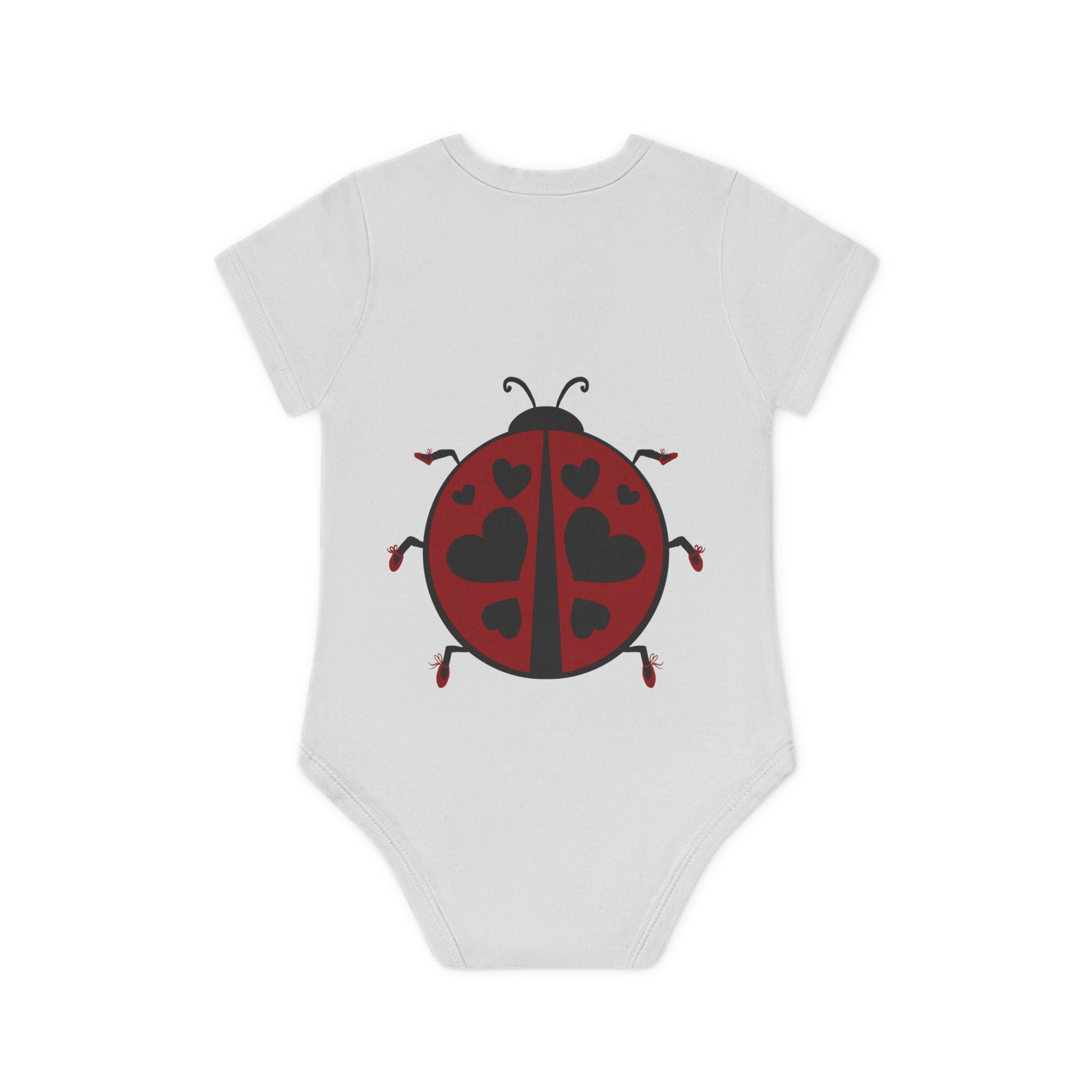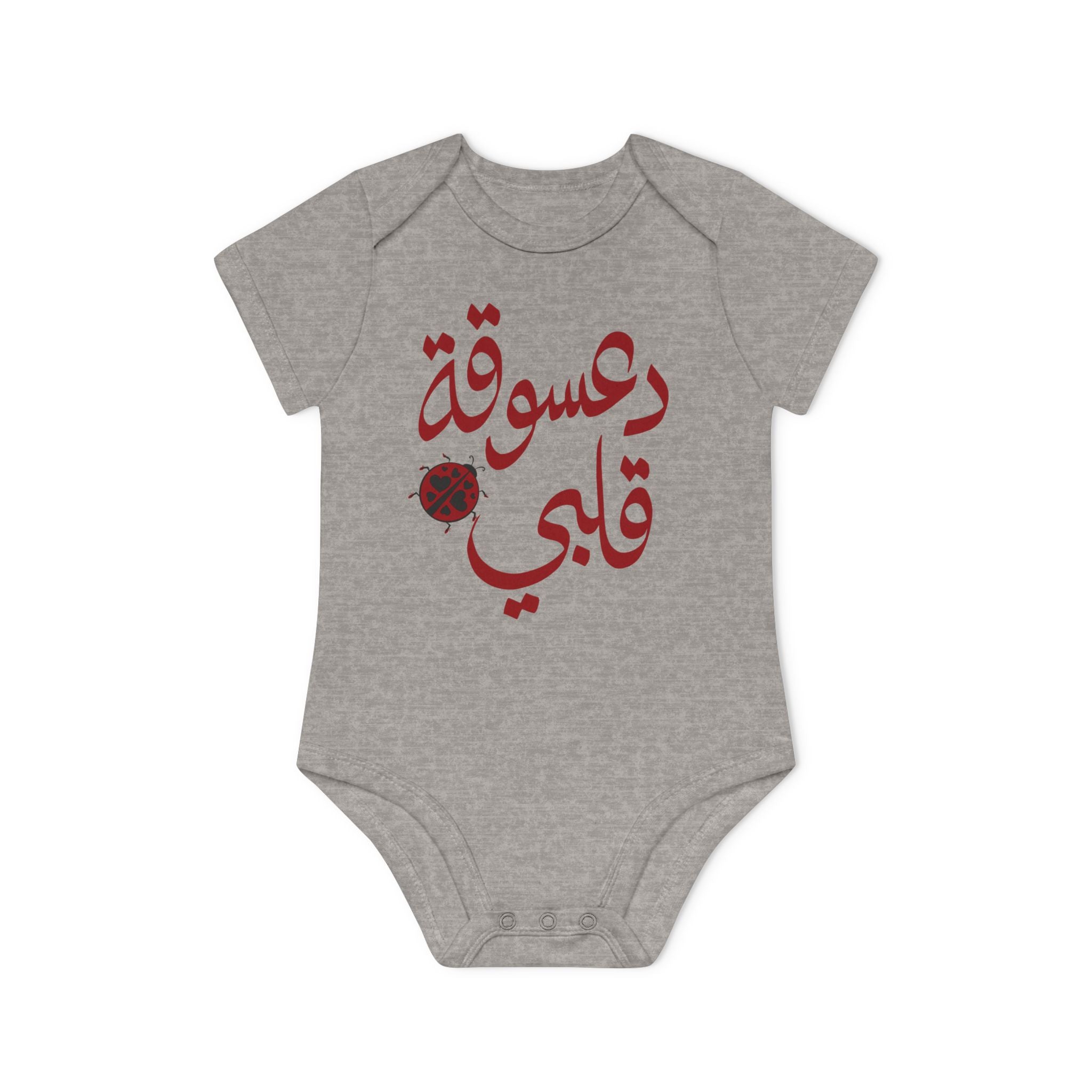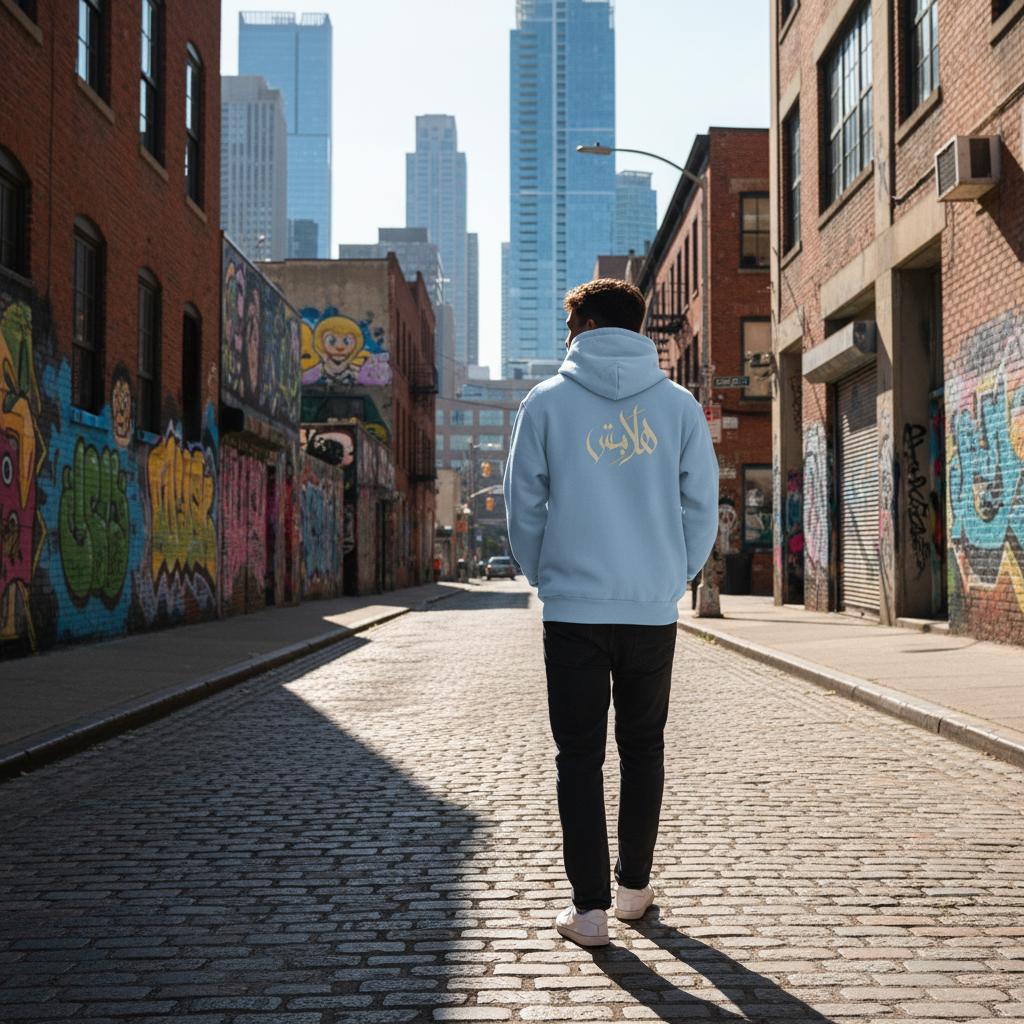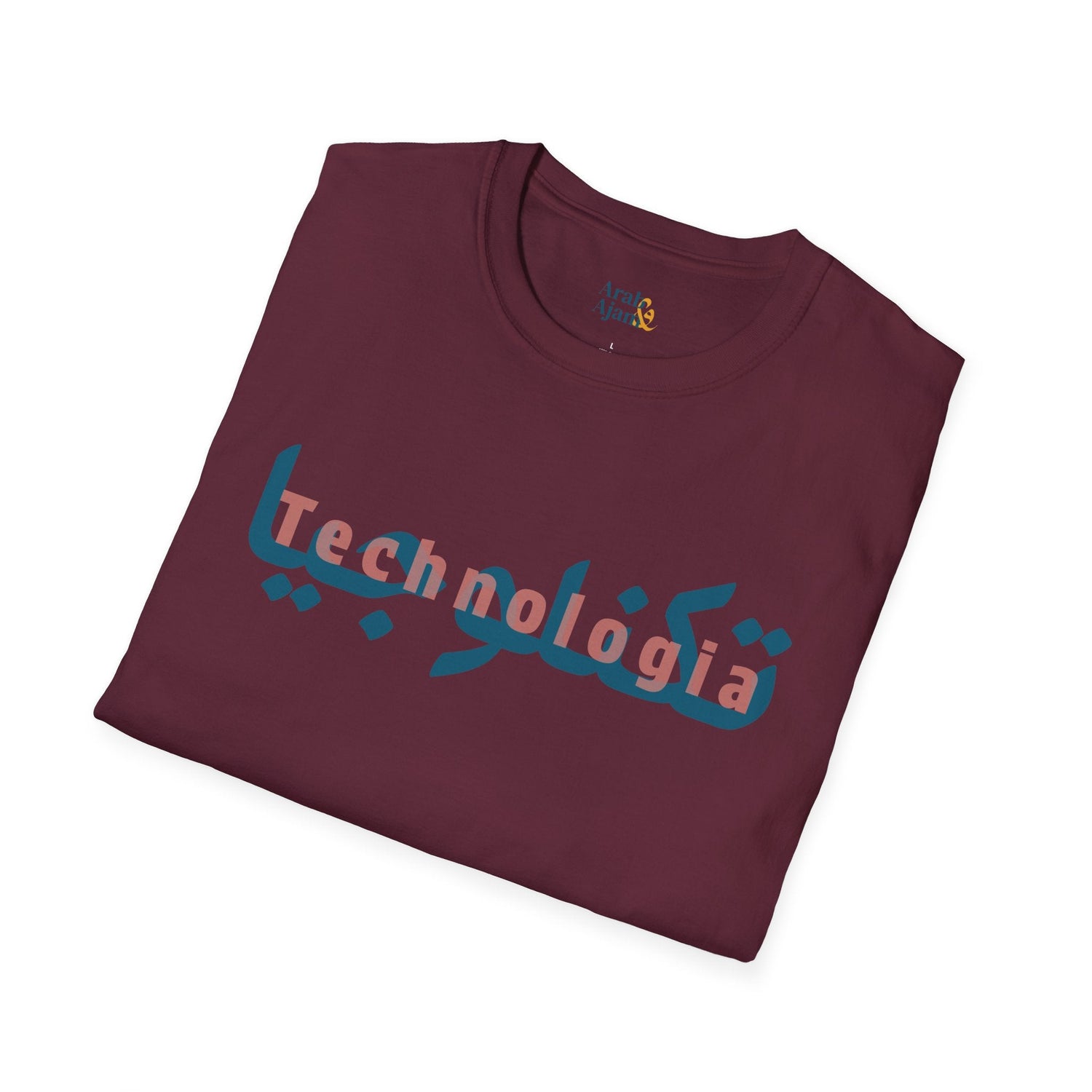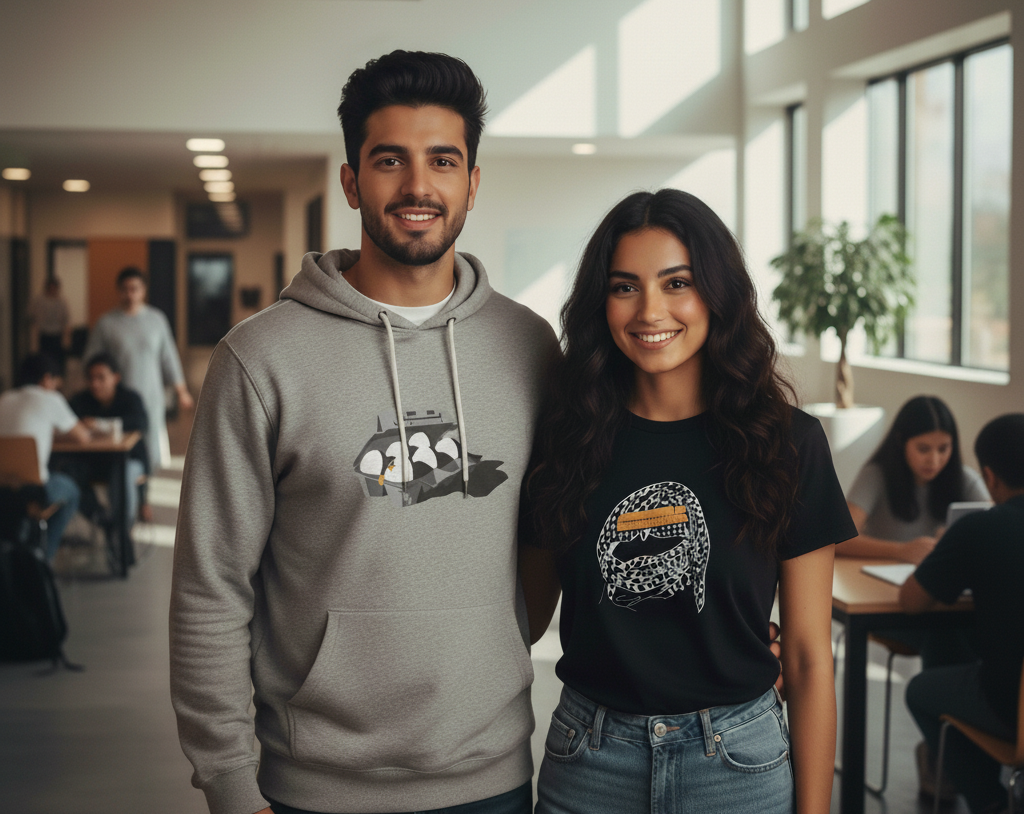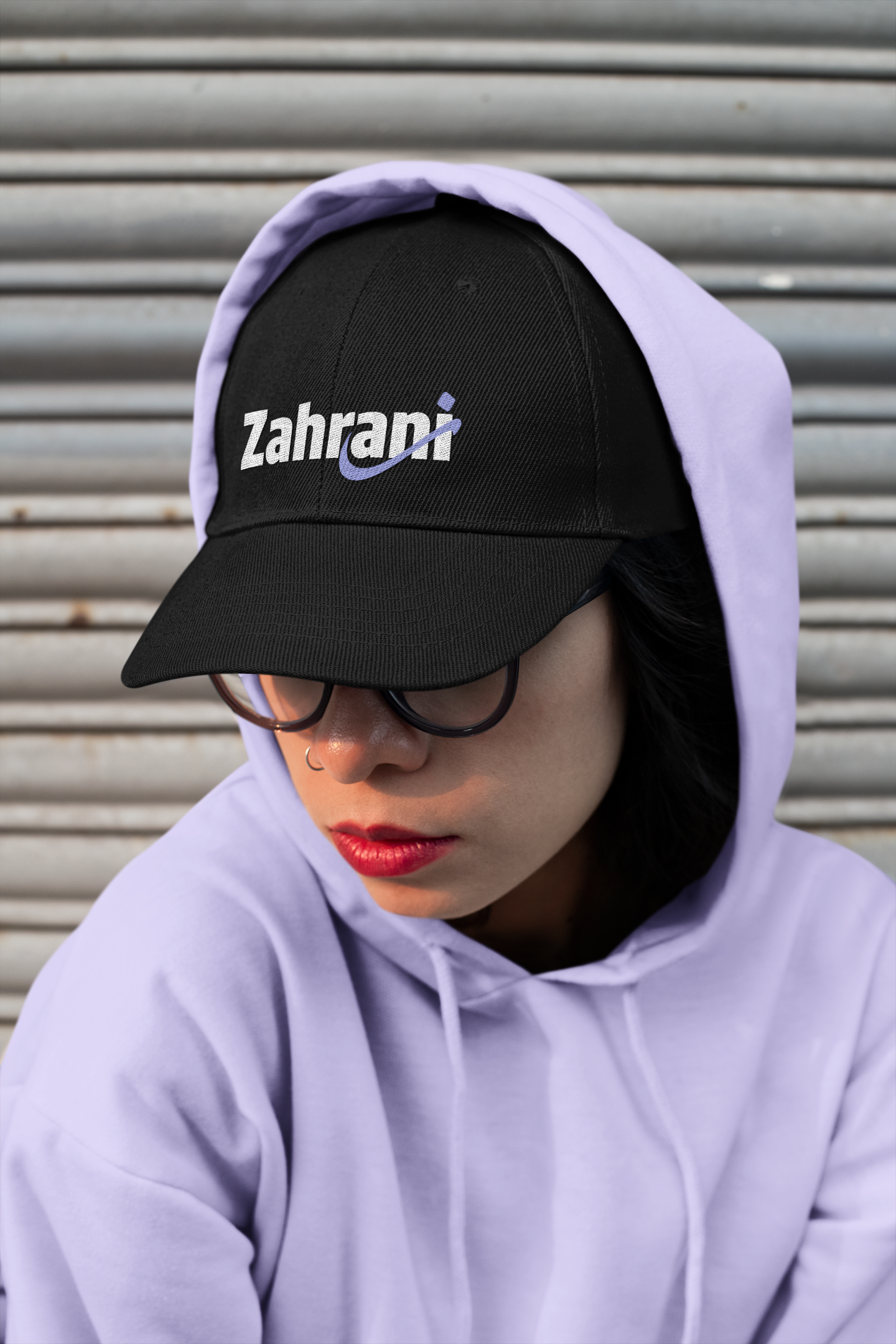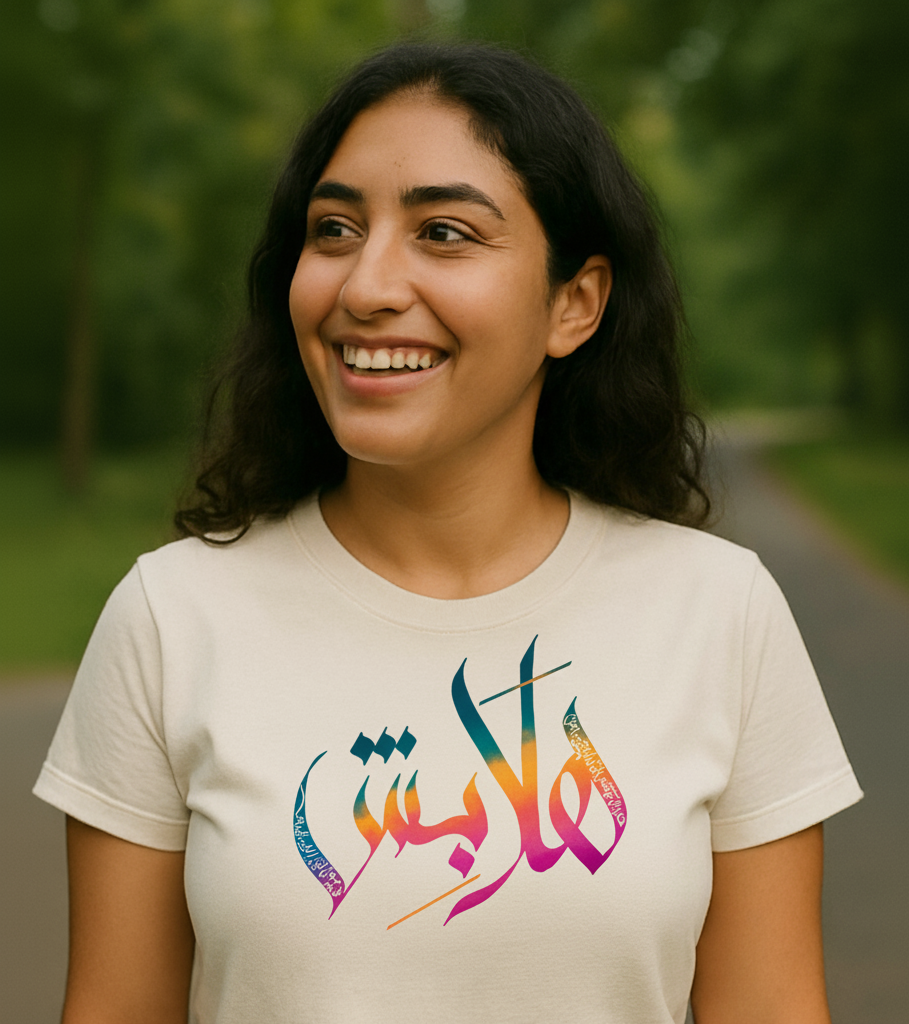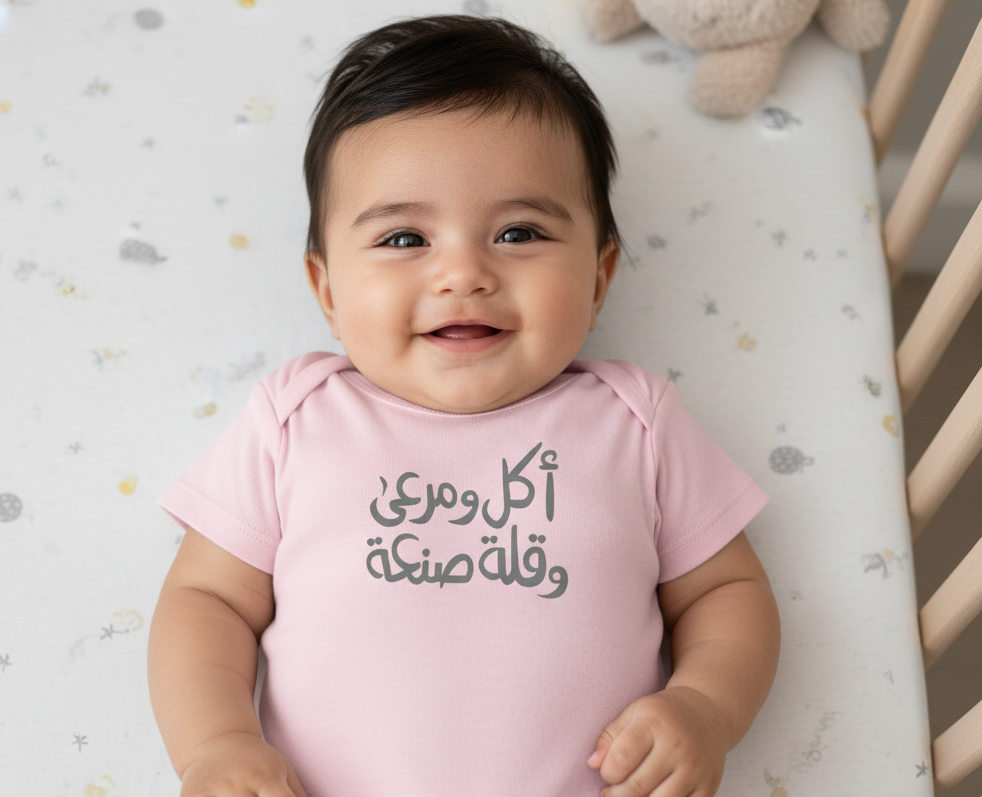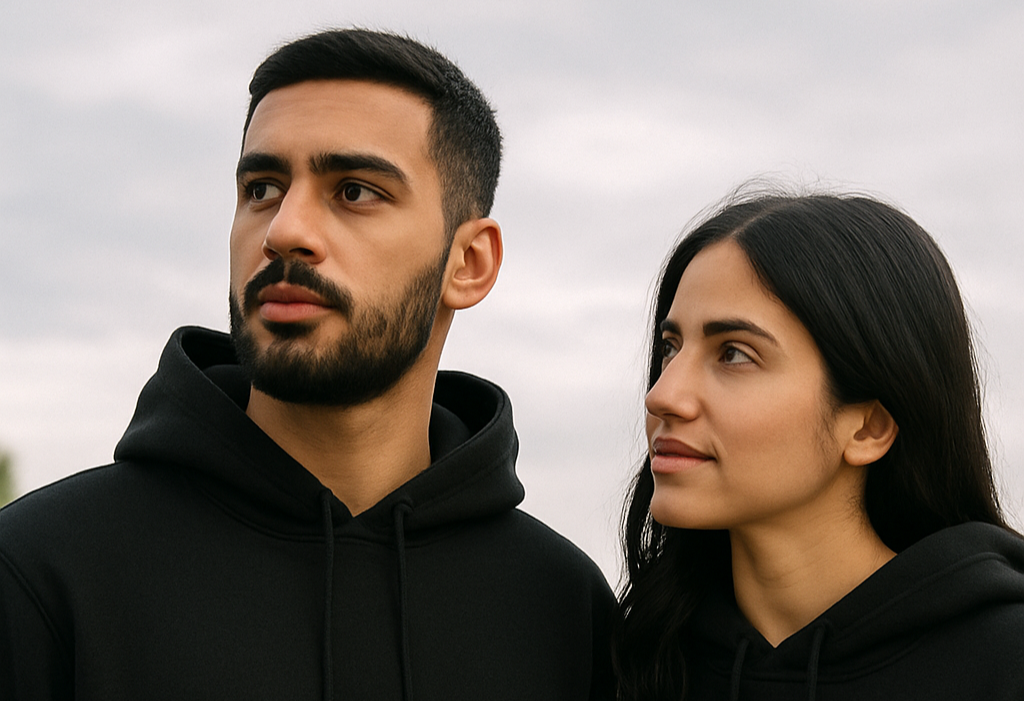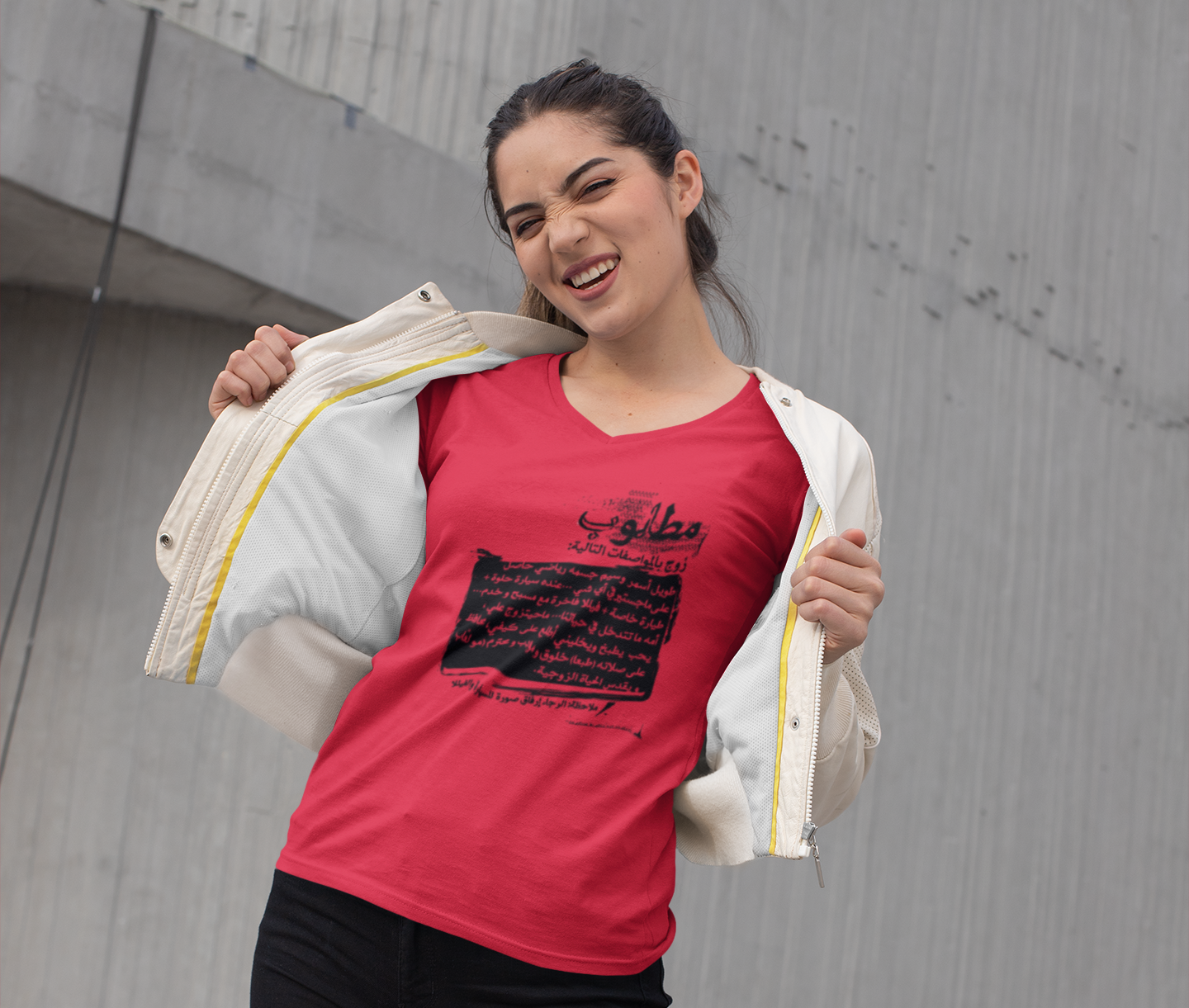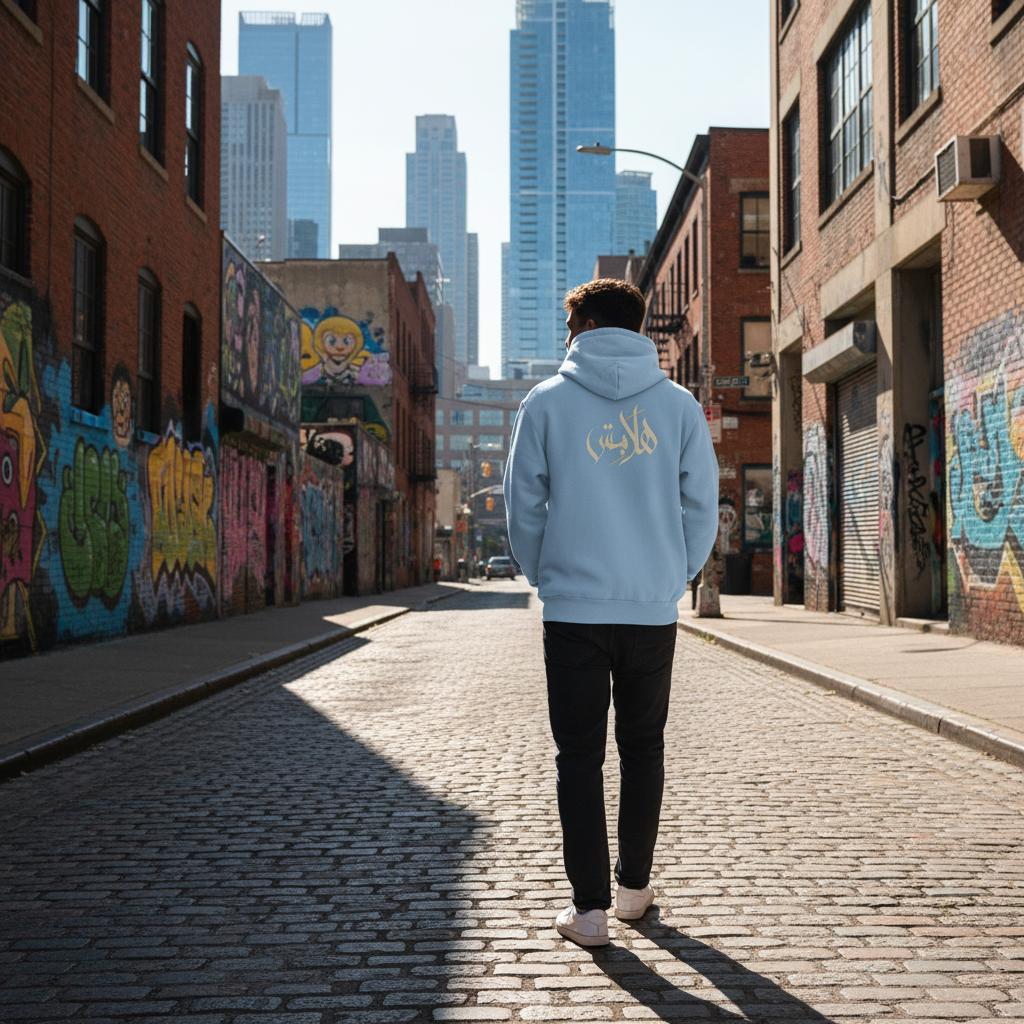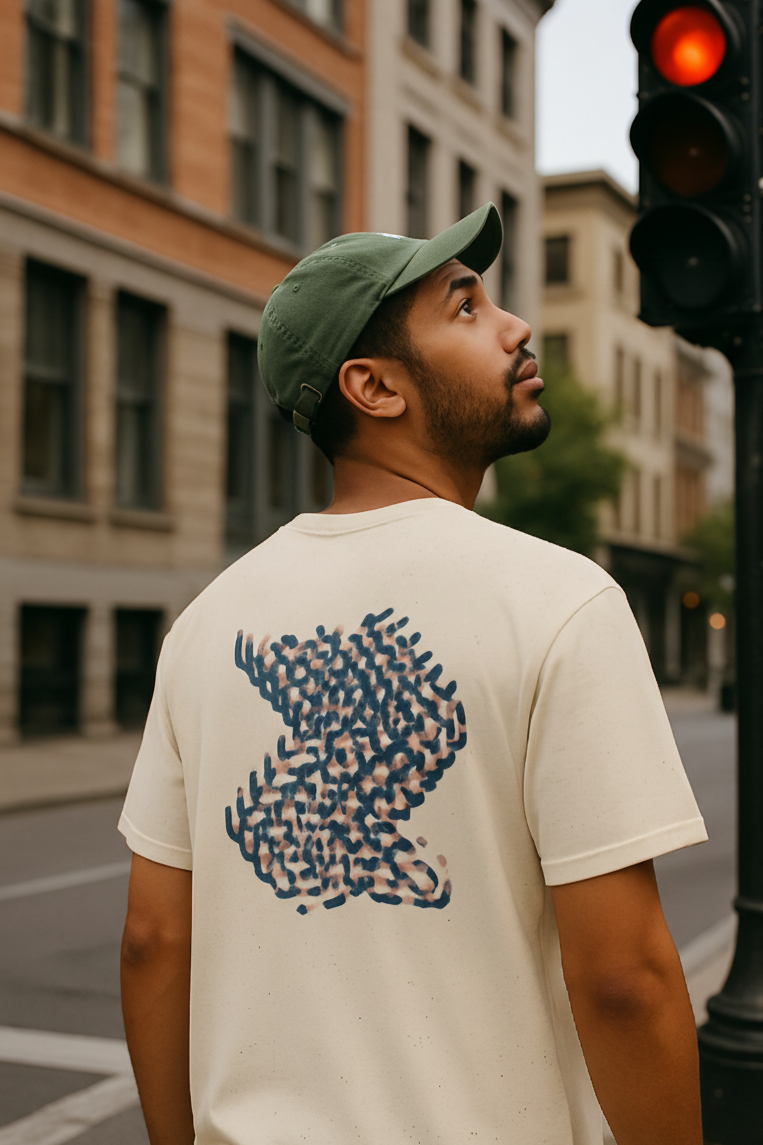Patterns are everywhere in Arab life — on carpets, in embroidery, across tiles, and even in the textiles that line old souqs. They’re not just decoration; they’re a language. Every triangle, zigzag, and diamond carries meaning, tracing back to traditions that predate fashion as we know it. At Arab & Ajam, we see these patterns as more than “design.” They’re stories, memories, and identities woven into fabric. That’s why tribal motifs play such a central role in our collections: they connect the past to the present, turning history into something you can wear with pride.
Where the Patterns Come From
Tribal motifs have long been a part of Arab and regional culture. From Bedouin tents woven with red and black stripes to the tatreez stitched with careful precision, patterns were never just for style. They were markers of identity — signaling where you came from, who your people were, and what values you carried. Geometric repetition wasn’t just beautiful; it was symbolic. A diamond could represent fertility, a zigzag might symbolize water or protection, and a series of interlocking shapes could tell a story of community and continuity.
When we borrow these elements for Arab & Ajam designs, we’re not just “using” a pattern. We’re honoring the storytelling behind it and reimagining it for a generation that wants both style and substance.
From the Tent to the Tee
What makes these motifs so powerful today is how easily they translate into streetwear. The bold symmetry of traditional weaving has the same visual punch as the logos and graphics dominating global fashion. Tribal stripes can run down the sleeve of a hoodie, tatreez-inspired diamonds can sit boldly across the chest of a tee, and geometric borders can frame a cap or tote bag. The designs fit seamlessly into modern wardrobes, while still carrying centuries of meaning.
It’s not about nostalgia alone; it’s about continuity. By wearing these motifs, you’re not just nodding to the past — you’re carrying it forward, showing that tribal design belongs as much on sneakers and sweatshirts as it does on tents and cushions.
The Power of Shared Recognition
For Arabs, these patterns are instantly recognizable. They spark memory: the carpets rolled out during Eid, the dresses our grandmothers embroidered, the pillows stacked high in family homes. When you see them on a piece of clothing, it’s not just “fashion.” It’s a flash of connection — something that makes you smile, pause, and say, “I know that.”
But the power goes beyond recognition. Tribal motifs have a universal rhythm. Their balance, repetition, and geometry appeal to anyone, regardless of cultural background. That’s why they work so well in streetwear: they’re both deeply Arab and universally stylish.
Reclaiming and Remixing
In recent years, we’ve seen global fashion houses borrow heavily from tribal and indigenous designs, often without credit. At Arab & Ajam, our approach is different. We’re not extracting patterns — we’re reclaiming them. We take what belongs to our culture and remix it in ways that speak to our humor, our nostalgia, and our present-day experiences. It’s fashion made by us, for us, but open to anyone who respects where it comes from.
That remixing is key. Sometimes we stick close to the original form, and sometimes we exaggerate, simplify, or add unexpected colors. It’s the same principle as a DJ sampling an old track: you keep the soul but make it resonate with today’s beat.
Why Patterns Still Matter
In a world of minimal logos and fast-changing micro-trends, tribal motifs bring something grounding. They remind us that design doesn’t have to be empty; it can hold meaning. They show that style can be local and global at the same time. For Arabs, they are proof that our heritage is not stuck in the past — it’s alive, adaptable, and fashionable.
Wearing tribal patterns isn’t just about looking good. It’s about carrying forward a thread that stretches back generations, weaving yourself into a story that’s still unfolding.

